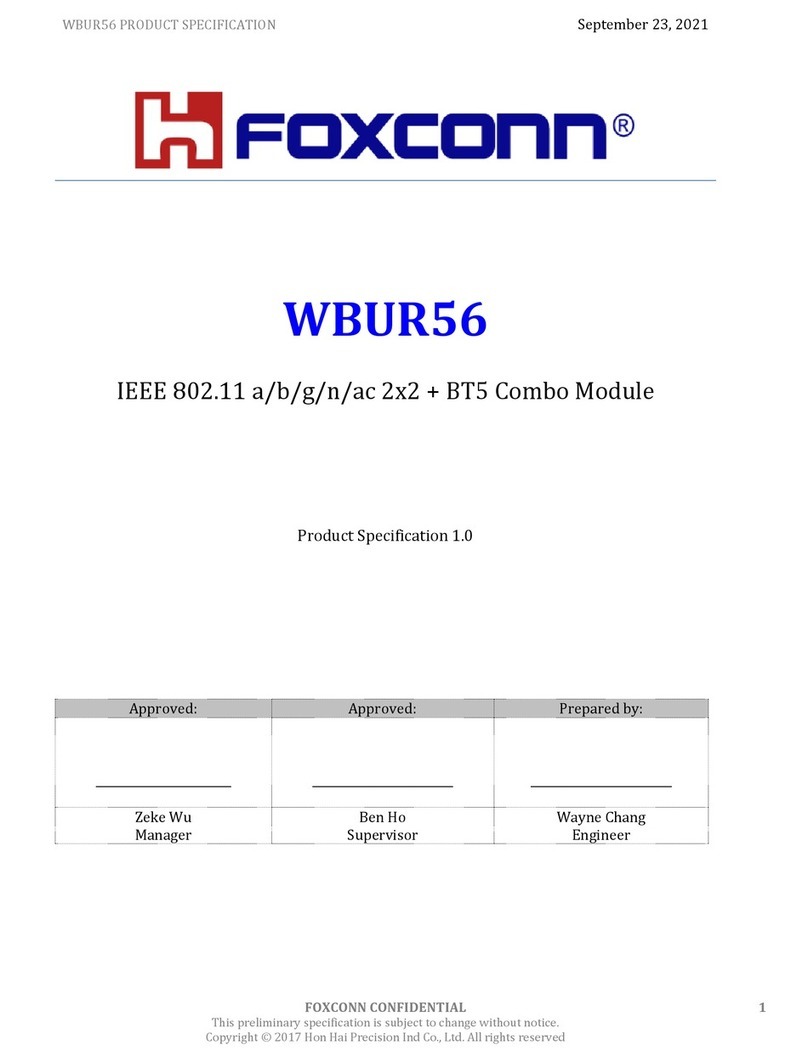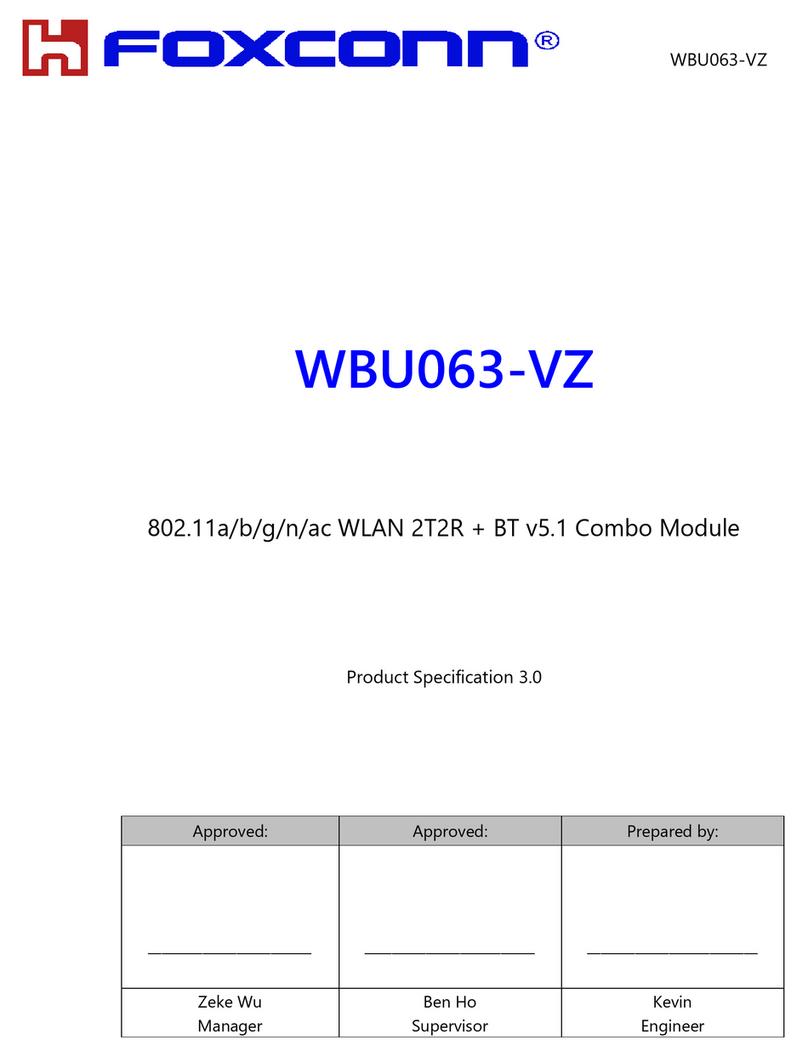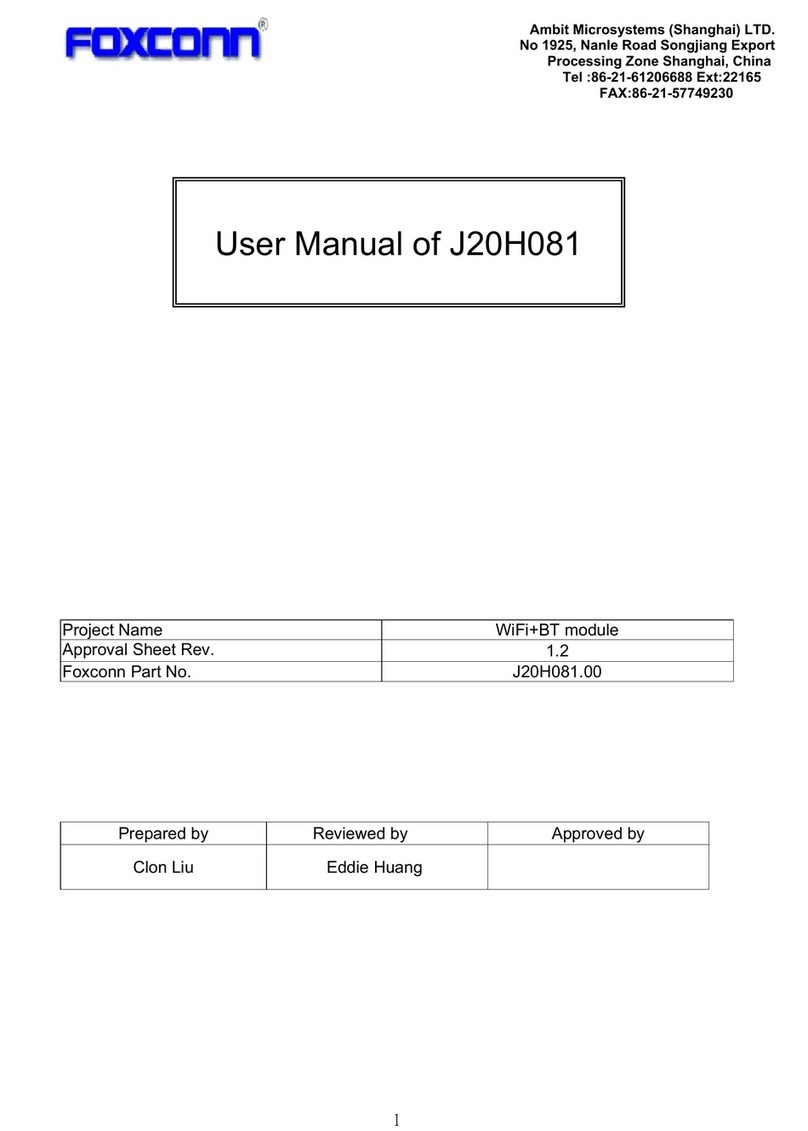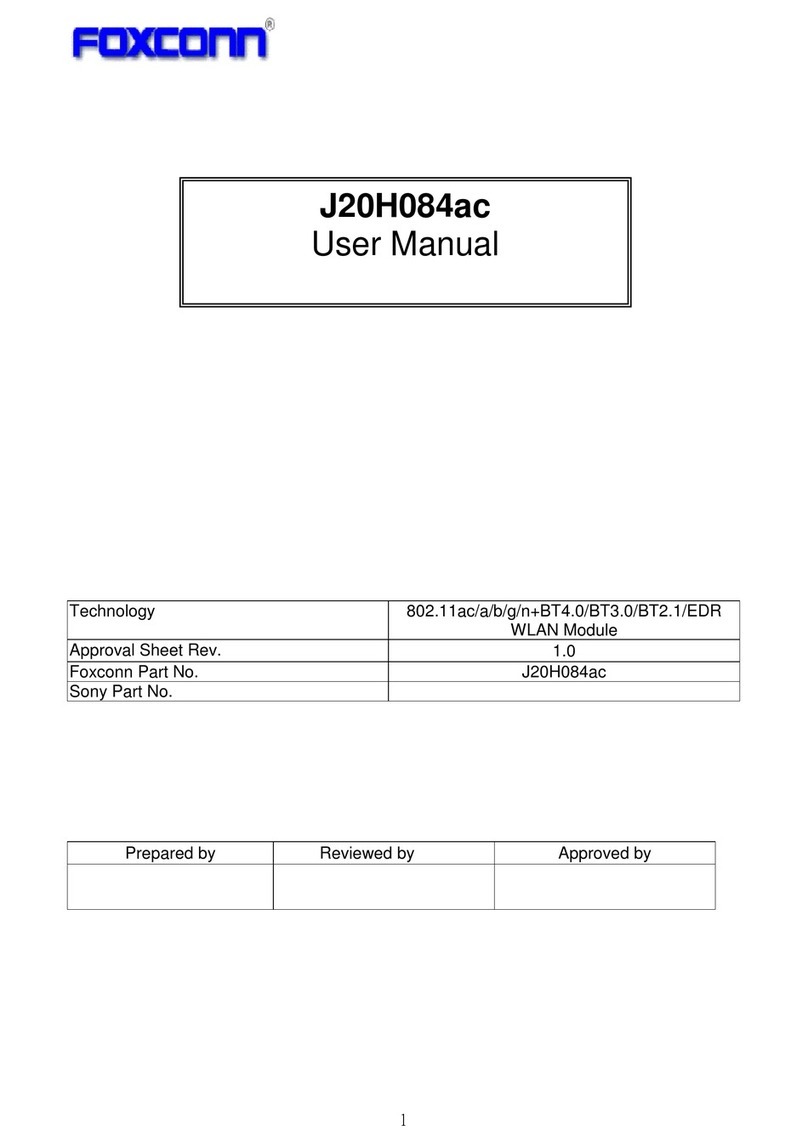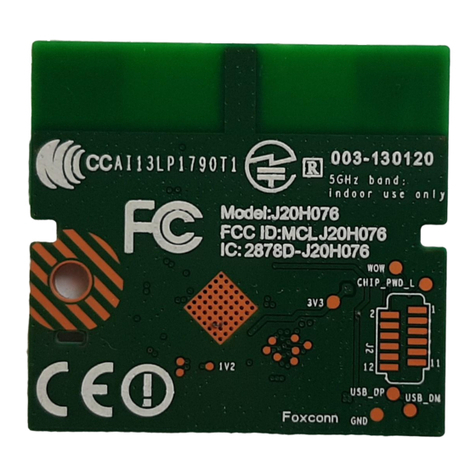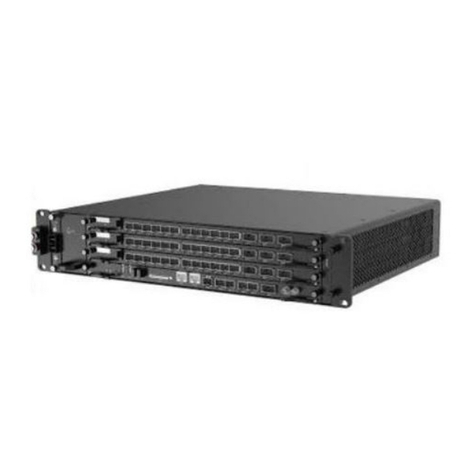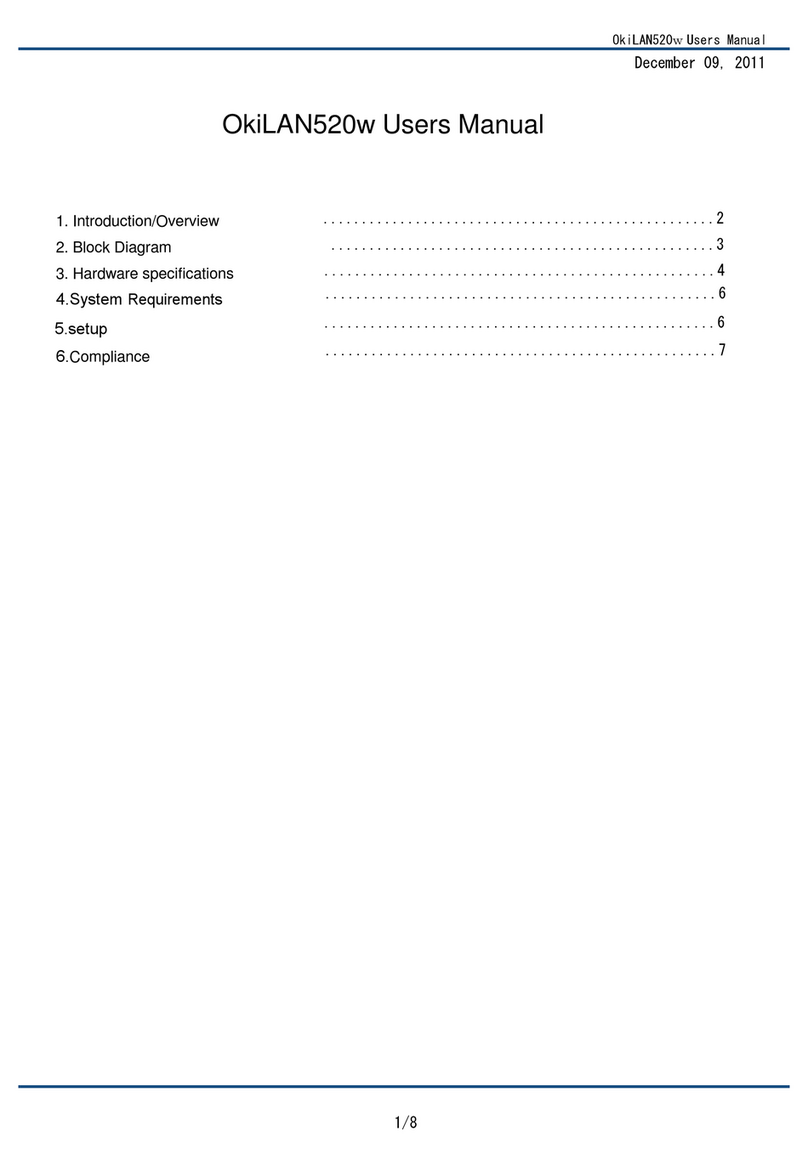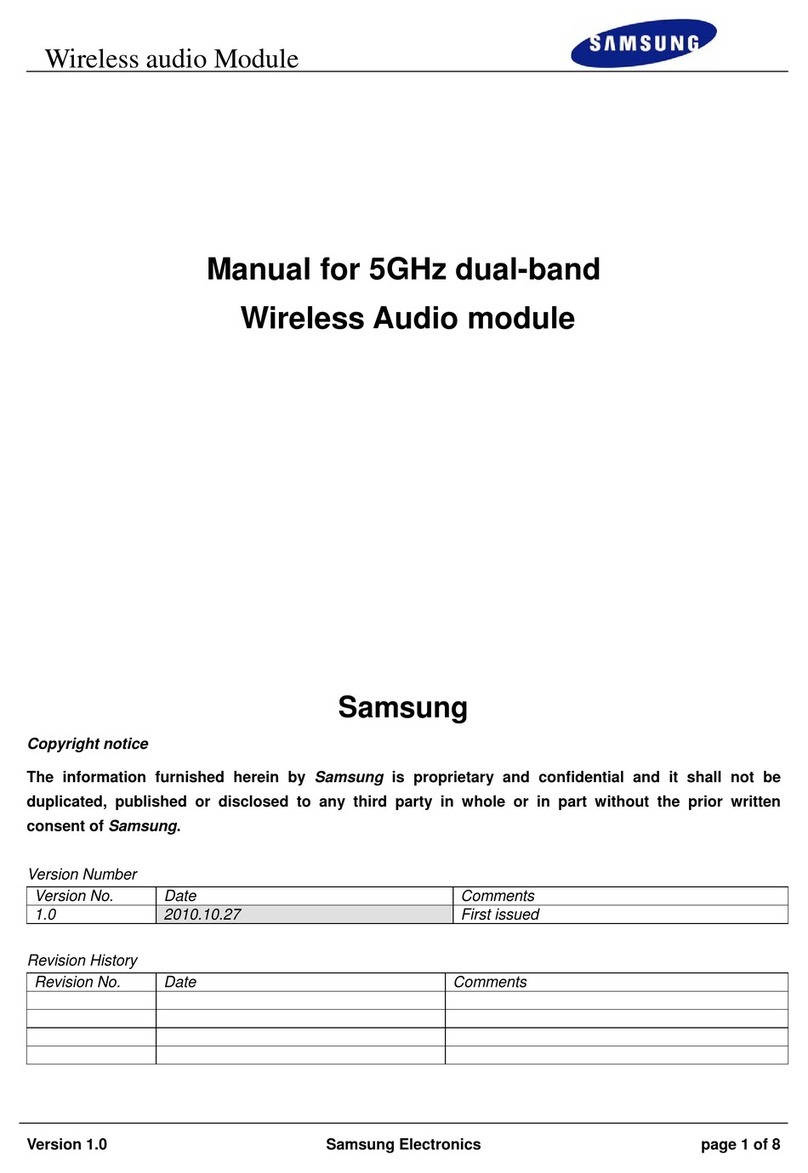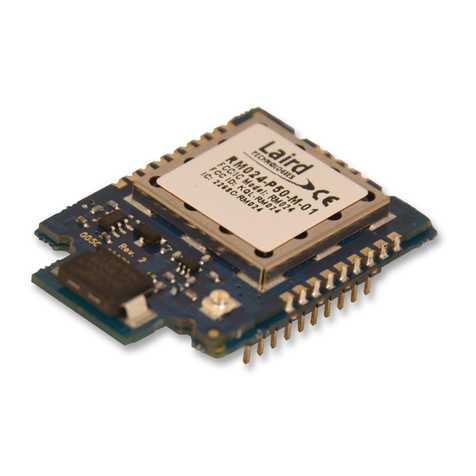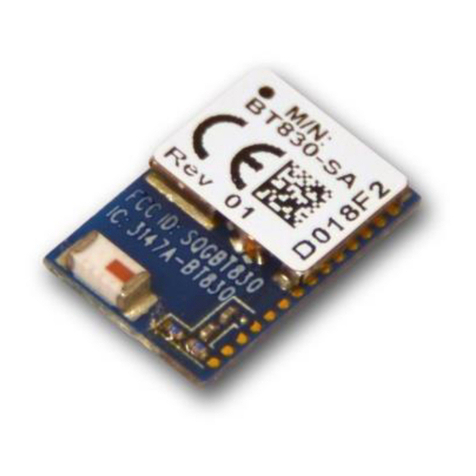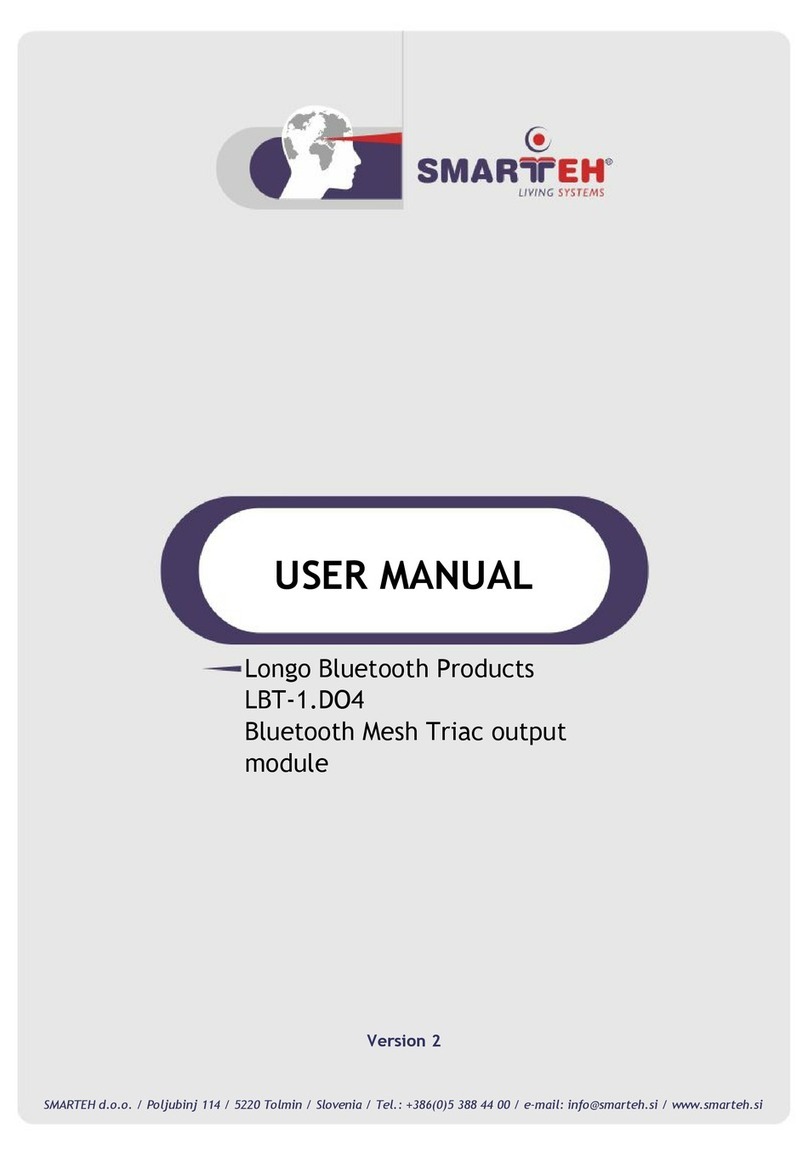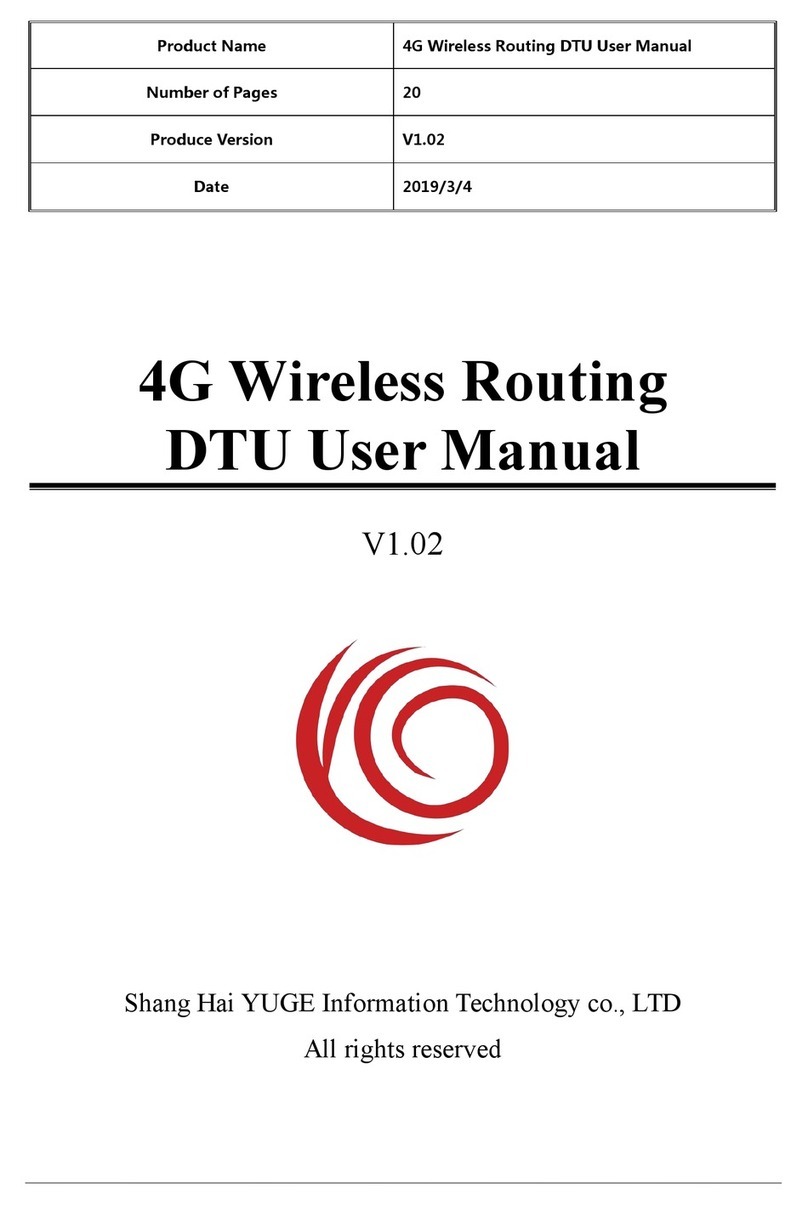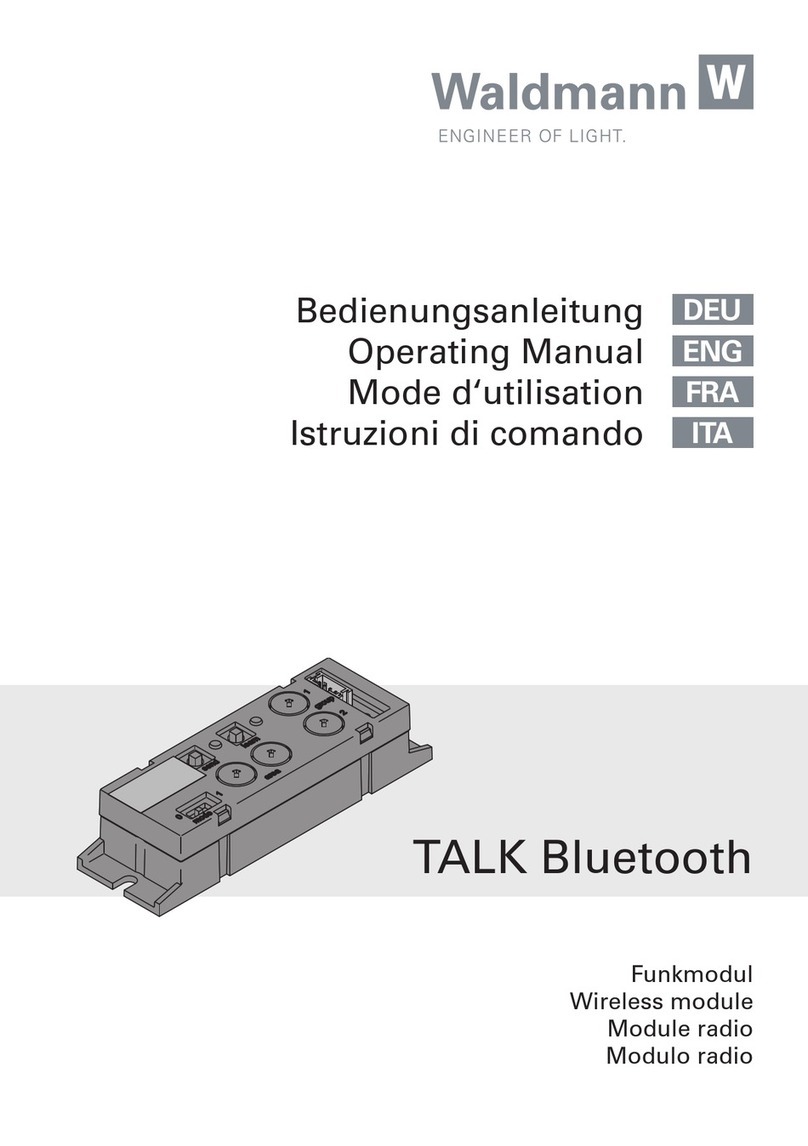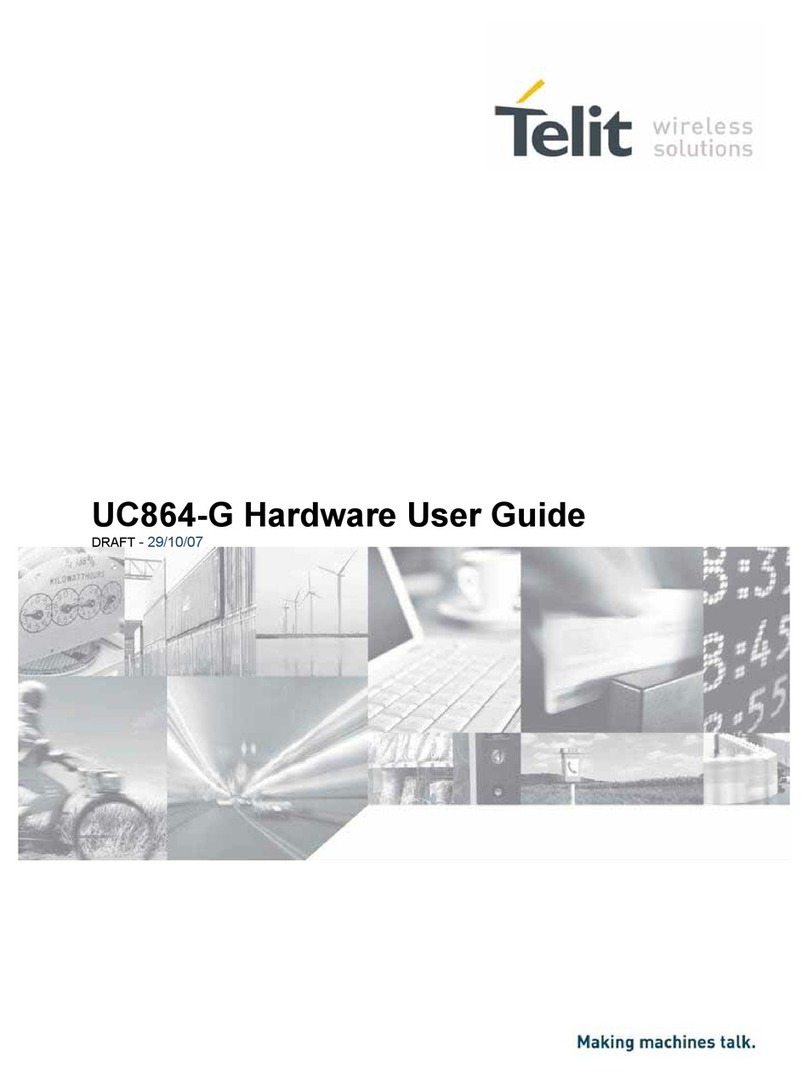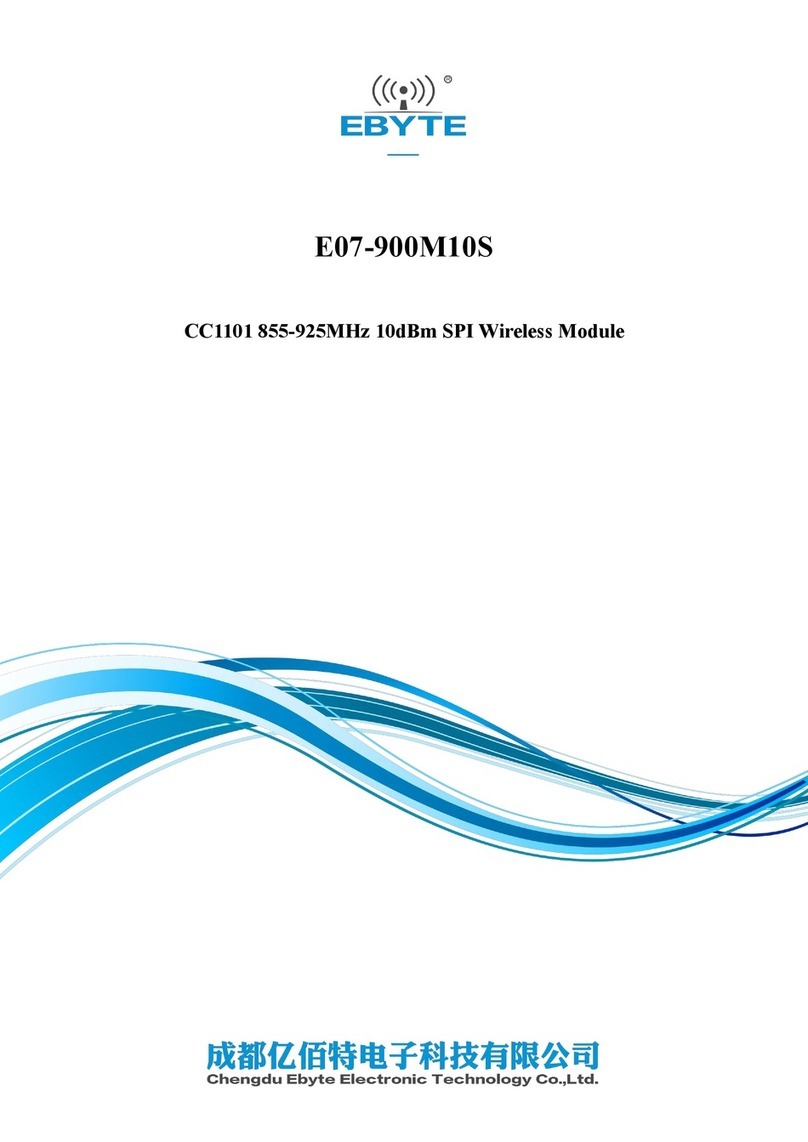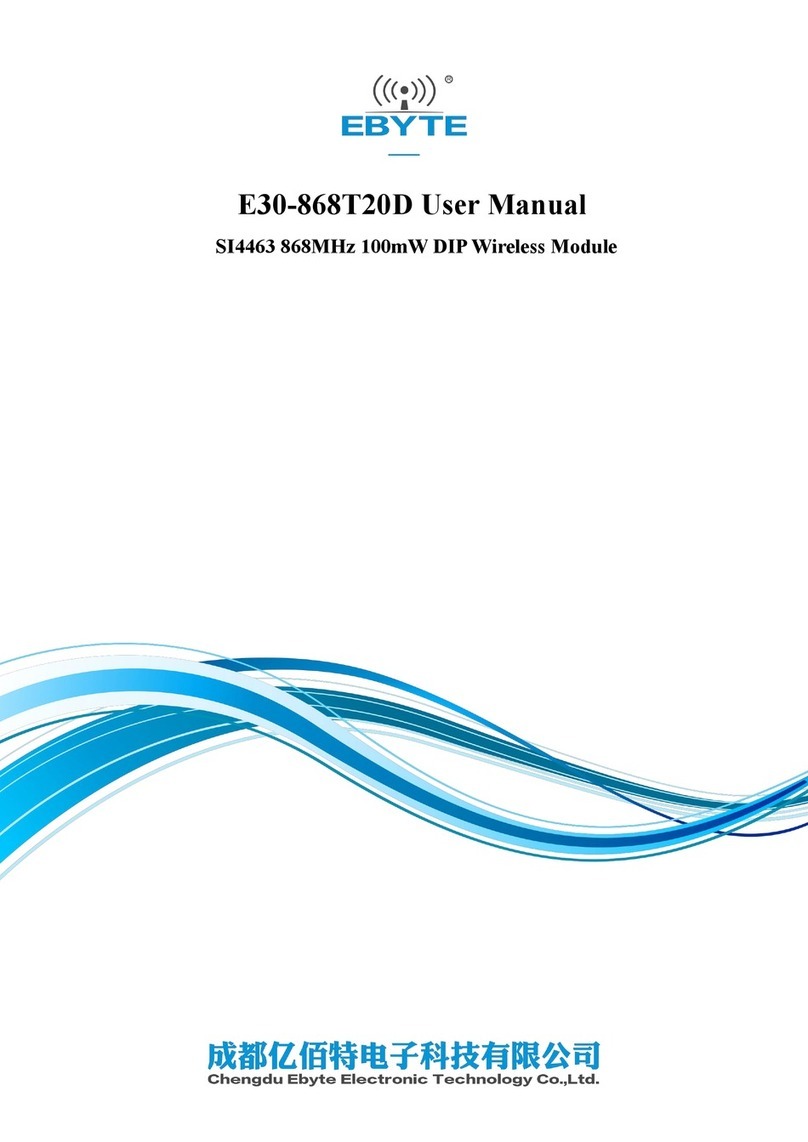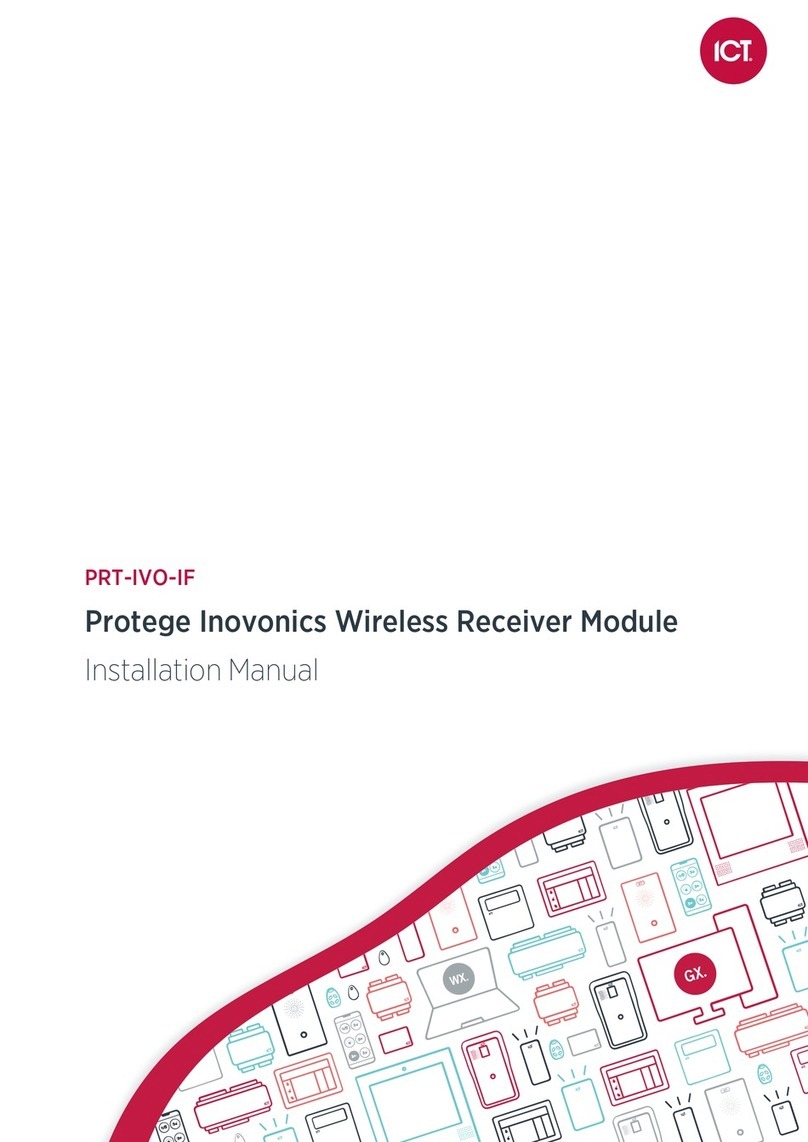9
Figure 3.2 Pole mounting bracket accessories
•The pole mounting bracket kit consists of a pole mount plate, antenna back plate, pole
clamp plate, hex nuts and hex bolts.
•Step 1: Start by fastening the antenna back plate (A) of the bracket to the back of the
small cell using the Hex nuts (B). This is first done at the top.
•Step 2: Place the bracket firmly on the desired position/height on the pole.
•Step 3: Insert the Hex bolt (F) in the pole mount plate (C). Choose the nut and bracket
based on the size of the pole.
•Step 4: Now place the pole clamp plate (D) firmly behind the pole, align the holes with
the Hex bolt (F) and fasten the hex nuts (E).
•Step 5: First mount the top bracket on to the pole and then repeat the same procedure to
attach the bottom bracket.
•Step 6: The mount can be rotated manually in the vertical plane to point the small cell in
the desired direction as indicated in figure 3.3.
